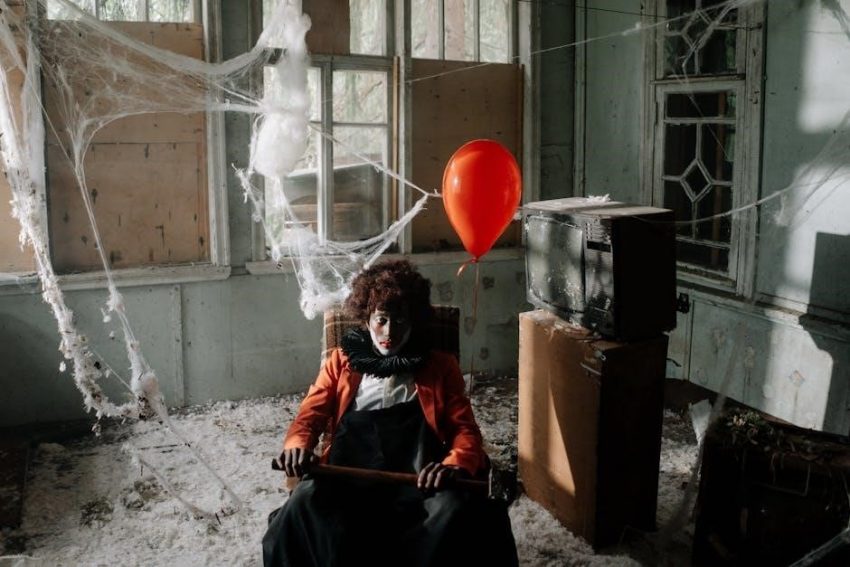The Phantom of the Opera score PDF is a legendary composition by Andrew Lloyd Webber‚ crafted in 1986‚ offering a timeless musical experience. Available for download‚ it provides a detailed arrangement for educational and performance purposes‚ showcasing the iconic melodies and orchestration of the beloved musical.
1.1 Historical Background of the Musical
The Phantom of the Opera‚ composed by Andrew Lloyd Webber‚ is based on Gaston Leroux’s 1910 novel. Premièring in London’s West End in 1986‚ it became a global phenomenon‚ blending romantic and gothic themes. The musical was adapted with lyrics by Charles Hart and Richard Stilgoe‚ capturing the haunting story of the Phantom and Christine. Its 1988 Broadway debut solidified its legacy‚ earning numerous awards. The score‚ a masterpiece of contemporary musical theater‚ reflects the era’s grand orchestration and emotional depth. The Phantom of the Opera’s enduring popularity has made its PDF score a sought-after resource for musicians and fans‚ preserving its artistic and historical significance for future generations.
1.2 Importance of the Score in Musical History
The Phantom of the Opera score holds a pivotal place in musical history as a masterpiece of contemporary theater. Andrew Lloyd Webber’s composition revolutionized musical storytelling‚ blending grand orchestration with haunting melodies. Its intricate harmonies and recurring motifs set a new standard for musical theater‚ influencing countless composers. The score’s emotional depth and dramatic intensity have made it a timeless classic‚ resonating with audiences worldwide. It remains a cornerstone of musical education and performance‚ offering insights into orchestration and thematic development. The Phantom of the Opera score PDF has become an essential resource for musicians‚ preserving its artistic legacy and ensuring its continued relevance in modern musical theater.
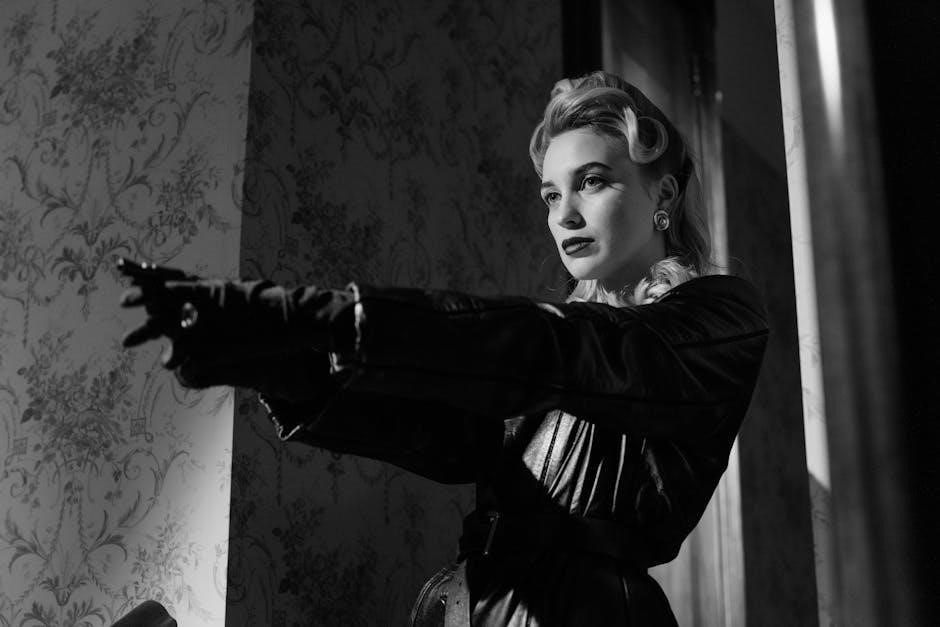
Composition and Structure of the Score
The Phantom of the Opera score‚ composed by Andrew Lloyd Webber‚ features a meticulously structured arrangement with recurring motifs and rich orchestration‚ enhancing the musical’s dramatic narrative.
2.1 Andrew Lloyd Webber’s Creative Process
Andrew Lloyd Webber’s creative process for The Phantom of the Opera was deeply inspired by Gaston Leroux’s novel‚ blending Romantic-era influences with modern theatrical innovation. He meticulously crafted the score‚ ensuring each melody and motif reflected the emotional depth of the characters and story. The iconic 27-piece orchestra was central to achieving the grandeur and intimacy required. Webber’s process involved extensive refinement‚ with key songs like “The Music of the Night” and “All I Ask of You” becoming hallmark compositions. His ability to balance orchestral richness with vocal delicacy showcased his mastery of musical storytelling.
2.2 Key Musical Themes and Motifs
The Phantom of the Opera score is renowned for its rich‚ recurring musical themes and motifs that underscore the story’s emotional depth. The Phantom’s leitmotif‚ often played in minor keys‚ evokes mystery and tragedy‚ while Christine’s theme reflects innocence and vulnerability. The iconic “Music of the Night” showcases a seductive‚ sweeping melody that highlights the Phantom’s charisma. Conversely‚ “All I Ask of You” represents the hope and romance between Christine and Raoul. These themes are masterfully woven throughout the score‚ creating a cohesive narrative. The use of reprises and variations ties the musical together‚ enhancing the dramatic tension and character development. This thematic consistency is a hallmark of Andrew Lloyd Webber’s compositional brilliance.
2.3 Orchestration and Instrumentation
The orchestration of The Phantom of the Opera is a testament to Andrew Lloyd Webber’s mastery of grandeur and emotional depth. The original score features a 27-piece orchestra‚ emphasizing strings‚ brass‚ and woodwinds to create a lush‚ cinematic sound. The organ plays a central role‚ adding dramatic intensity‚ particularly in scenes like “The Music of the Night.” Strings provide soaring melodies‚ while brass and percussion heighten tension. Woodwinds‚ such as flutes and clarinets‚ add delicate textures. Choral elements enhance key moments‚ like “Masquerade‚” enriching the score’s complexity. This rich instrumentation ensures the music swells with emotion‚ perfectly complementing the story’s dark romance and tragic elements‚ making the score a landmark in musical theater history.

Lyrics and Libretto
The Phantom of the Opera’s libretto‚ crafted by Charles Hart and Richard Stilgoe‚ captures the dark romance and emotional complexity of Gaston Leroux’s novel‚ blending poetic lyrics with dramatic narrative‚ while Andrew Lloyd Webber’s score elevates the storytelling through memorable melodies that resonate deeply with audiences.
3.1 Collaborations with Lyricists
The creation of The Phantom of the Opera involved a dynamic collaboration between Andrew Lloyd Webber and lyricists Charles Hart and Richard Stilgoe. Charles Hart brought depth and poetic nuance‚ while Richard Stilgoe contributed to the musical’s dramatic structure. Additional lyrics by Mike Batt were also incorporated‚ blending seamlessly into the narrative. This teamwork ensured the libretto captured the emotional complexity of Gaston Leroux’s novel‚ transforming it into a timeless musical masterpiece. Their collective effort resulted in iconic songs like “The Music of the Night” and “All I Ask of You‚” which have become synonymous with the Phantom’s legacy. This collaboration remains a cornerstone of the score’s enduring success.
3.2 Analysis of Major Songs
The Phantom of the Opera score features iconic songs that drive the narrative and evoke deep emotional resonance. “The Music of the Night” showcases the Phantom’s charisma and obsession‚ blending powerful vocals with rich orchestration. “All I Ask of You” highlights the romantic tension between Christine and Raoul‚ its duet structure emphasizing their emotional connection. “Think of Me” captures Christine’s aspirations and vulnerability‚ while “Angel of Music” reflects her mystified relationship with the Phantom. “Masquerade” stands out for its grandeur and dramatic flair‚ encapsulating the opera’s opulence. Each song is meticulously crafted to advance the story‚ blending Andrew Lloyd Webber’s melodies with poignant lyrics that explore themes of love‚ obsession‚ and redemption.
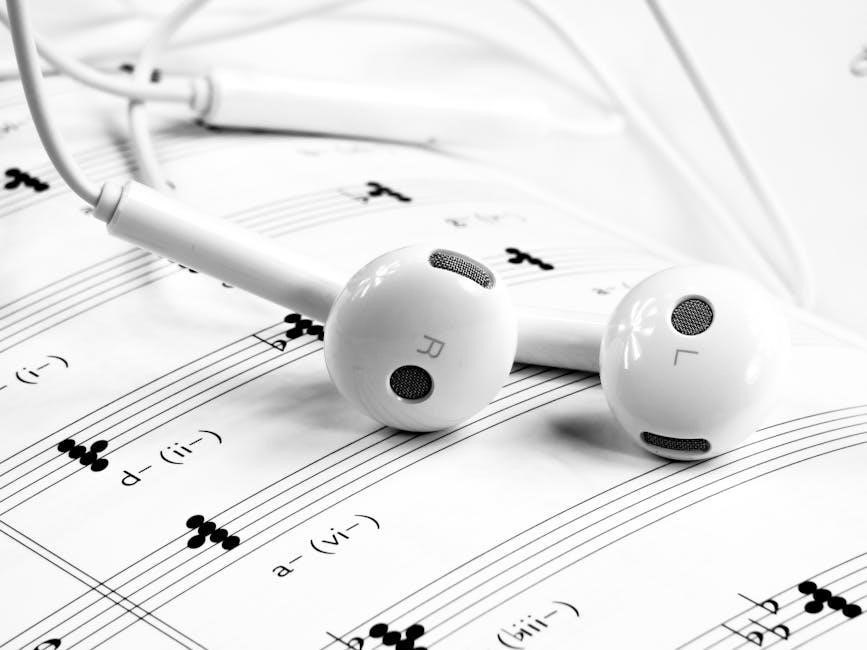
Performance and Interpretation
The Phantom of the Opera score has been brought to life in iconic Broadway productions and global adaptations‚ showcasing its grand orchestration and enduring theatrical appeal.
4.1 Original Broadway Production
The original Broadway production of The Phantom of the Opera premiered in 1988 at the Majestic Theatre‚ directed by Harold Prince. The grand musical featured a 27-piece orchestra‚ showcasing Andrew Lloyd Webber’s opulent score. Michael Crawford starred as the Phantom‚ with Sarah Brightman as Christine Daaé‚ bringing the iconic story to life. The production’s success was fueled by its lush orchestration‚ elaborate sets‚ and the chandelier scene‚ which became a hallmark of the show. The score’s complexity and emotional depth were central to the production’s enduring appeal‚ making it a landmark in Broadway history.
4.2 Notable Performances and Adaptations
Andrew Lloyd Webber’s The Phantom of the Opera score has inspired numerous notable performances and adaptations. The original Broadway production’s success led to a sequel‚ Love Never Dies‚ continuing the musical legacy; Additionally‚ the score has been adapted into orchestral arrangements‚ such as those by Shannon M. Grama‚ which highlight its timeless appeal.
The score’s versatility is evident in arrangements for various instruments‚ including flute‚ tenor sax‚ and violin. These adaptations demonstrate the music’s enduring popularity and its ability to transcend the original theatrical context‚ making it accessible to diverse audiences and performers worldwide.
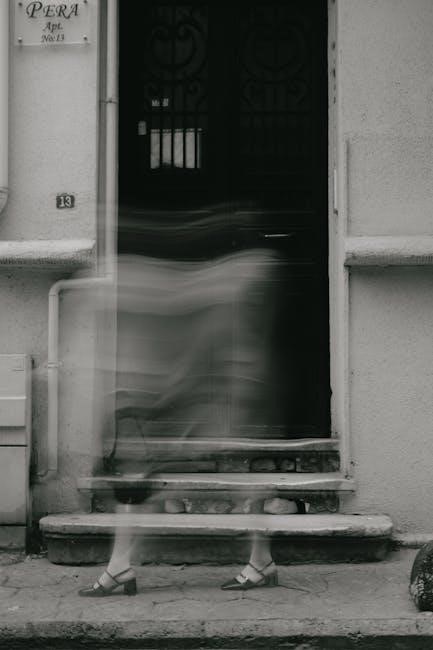
Availability of the Score in PDF Format
The Phantom of the Opera score in PDF format is widely accessible through official sources and platforms‚ offering high-quality downloads for educational and performance purposes while adhering to copyright laws.
5.1 Official Sources for Download
Official sources for downloading the Phantom of the Opera score PDF include platforms like The Really Useful Group and Musicnotes‚ ensuring authenticity and quality. These sources provide legally licensed versions‚ often featuring full orchestral arrangements or piano-vocal scores‚ perfect for both professional and educational use. Fans and performers can access these materials securely‚ supporting the creators and complying with copyright laws. Additionally‚ authorized retailers like Sheet Music Plus offer downloadable PDFs‚ guaranteeing accurate and complete musical notation. Purchasing from these trusted sites ensures users receive high-quality‚ official content free from errors or unauthorized alterations.
5.2 Legal and Copyright Considerations
Downloading or using the Phantom of the Opera score PDF requires adherence to copyright laws‚ as the material is protected under intellectual property rights. Unauthorized distribution or downloading from unlicensed sources is illegal and can lead to legal consequences. Purchasing or accessing the score through official platforms ensures compliance with copyright regulations and supports the creators. Official sources provide legitimate and high-quality versions‚ while unofficial downloads may violate copyright and result in legal action. Respect for copyright is essential to uphold the rights of composers and lyricists‚ ensuring the continued availability of such iconic works for future generations.
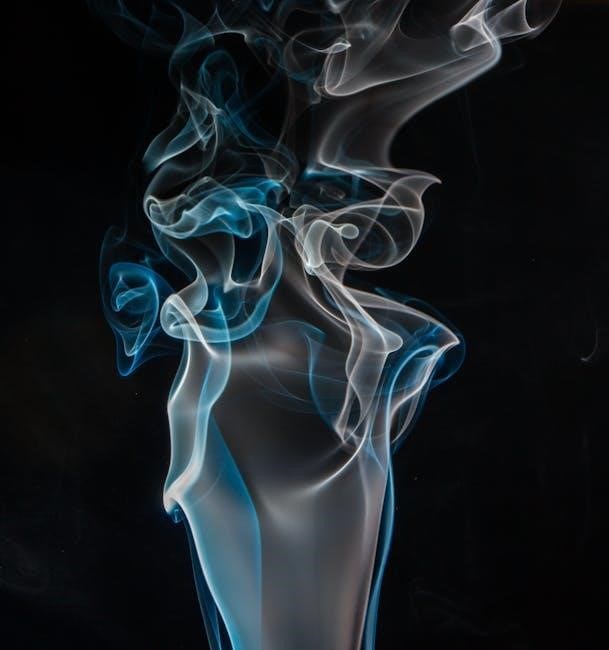
Educational and Practical Uses
The Phantom of the Opera score PDF is a valuable resource for music education‚ offering insights into orchestration and vocal techniques. It’s also practical for theater productions‚ aiding in rehearsals and performances.
6.1 Use in Music Education
The Phantom of the Opera score PDF is a vital tool in music education‚ offering students and educators a comprehensive insight into Andrew Lloyd Webber’s composition. It provides detailed orchestration‚ showcasing the interplay of instruments and vocal arrangements‚ which is invaluable for studying musical structure. The score is often used in classrooms to analyze themes‚ motifs‚ and harmonic techniques. Additionally‚ it serves as a practical resource for teaching vocal performance‚ highlighting complex characters and their musical interpretations. Many music schools and universities incorporate the score into their curriculum‚ allowing students to explore its historical and artistic significance. Its availability in PDF format makes it easily accessible for educational purposes‚ enabling immersive learning experiences.
6.2 Application in Theater Productions
The Phantom of the Opera score PDF is widely used in theater productions‚ providing directors and musicians with a detailed blueprint for performances. Its orchestration enhances the dramatic storytelling‚ creating an immersive experience. The score’s complexity allows for grand orchestral arrangements‚ while its melodies evoke emotional depth. Many productions rely on the PDF format for consistency and ease of use‚ ensuring that the iconic songs‚ such as “The Music of the Night” and “All I Ask of You‚” are performed faithfully. The score’s adaptability also enables creative interpretations while maintaining the original’s essence. Its availability in digital format has made it a cornerstone for both professional and amateur theater productions‚ ensuring the musical’s enduring presence on stages worldwide.
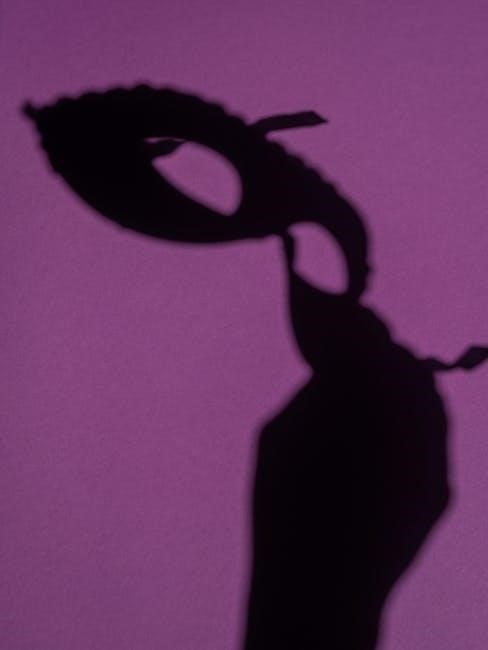
Popularity and Cultural Impact
The Phantom of the Opera score PDF has become a global phenomenon‚ cementing its status as a cultural icon. Its timeless appeal continues to inspire fans worldwide‚ fostering a dedicated community and countless tributes. The score’s influence on contemporary music and theater is undeniable‚ making it a cornerstone of musical history.
7.1 Fan Community and Tributes
The Phantom of the Opera has inspired a devoted fan community‚ with enthusiasts creating countless tributes‚ from cover versions to fan art. The score’s iconic melodies‚ such as “The Music of the Night” and “All I Ask of You‚” have been reimagined by artists like Nightwish‚ showcasing its enduring appeal. Fans worldwide share sheet music arrangements‚ fostering a sense of connection and creativity. This passionate engagement highlights the score’s ability to transcend generations‚ becoming a cultural touchstone; The fan community’s dedication not only celebrates the music but also ensures its legacy endures‚ making The Phantom of the Opera a timeless musical treasure.
7.2 Influence on Contemporary Music
The Phantom of the Opera score has profoundly influenced contemporary music‚ inspiring countless adaptations and reinterpretations. Artists such as Nightwish have reimagined iconic songs like “The Phantom of the Opera‚” blending rock and classical elements. This crossover appeal highlights the score’s versatility and enduring relevance in modern music.
The musical’s themes and orchestration have also shaped the work of composers and bands‚ particularly in theatrical and symphonic rock genres. The availability of the score in PDF format has further enabled musicians to study and adapt its intricate arrangements‚ ensuring its influence continues to resonate across generations and genres.
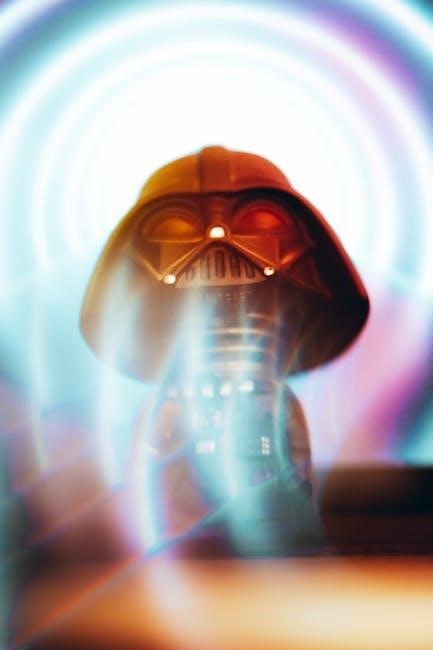
Technical Aspects of the PDF Score
The Phantom of the Opera score PDF is renowned for its high-quality formatting and professional orchestration. Available in detailed notation‚ it ensures compatibility with tools like Adobe Acrobat and music notation software‚ making it accessible for both professional and educational use.
8.1 Quality and Formatting
The Phantom of the Opera score PDF is renowned for its exceptional quality and precise formatting. The digital version maintains the original composition’s integrity‚ offering clear notation and detailed orchestration. Available in high-resolution PDF format‚ it ensures seamless readability on various devices. The score is meticulously arranged‚ preserving Andrew Lloyd Webber’s iconic melodies and complex harmonies. Its professional layout adheres to standard musical notation‚ making it accessible for performers‚ educators‚ and enthusiasts. The formatting is consistent across all sections‚ allowing for easy navigation and interpretation. This ensures that the score remains a reliable resource for both practical use and study.
8.2 Compatibility with Digital Tools
The Phantom of the Opera score PDF is fully compatible with modern digital tools‚ enhancing its accessibility for performers and educators. It can be easily imported into notation software like Finale and Sibelius for editing or rearrangement. Additionally‚ the PDF format works seamlessly with mobile and desktop applications‚ allowing musicians to access the score on tablets or laptops during rehearsals. The file’s clarity ensures that annotations and markings can be added digitally without compromising its quality. This compatibility makes it a versatile resource for both individual practice and collaborative productions‚ ensuring the score remains relevant in the digital age of music performance and education.
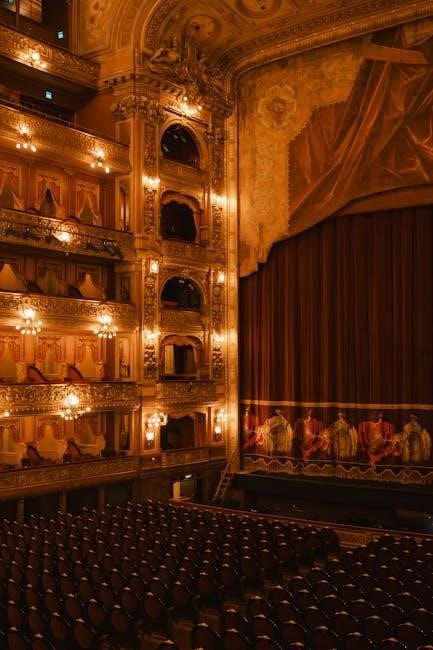
Rare and Uncommon Versions
Rare versions of the Phantom of the Opera score include historical editions and unique arrangements‚ such as the 2011 PDF and a 1986 perusal copy‚ offering distinct insights.
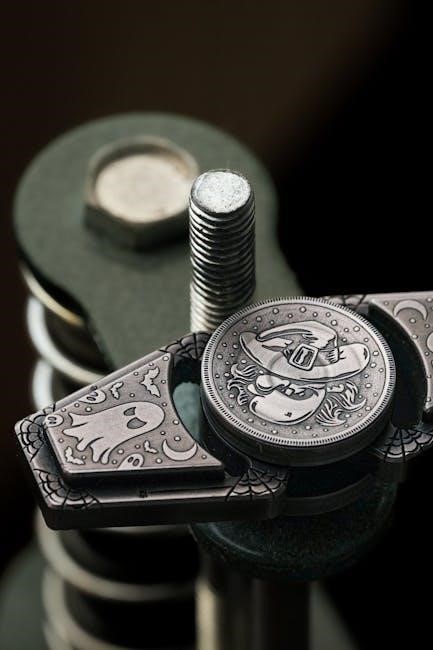
9.1 Historical Editions
Historical editions of the Phantom of the Opera score provide a fascinating glimpse into the musical’s evolution. The 2011 PDF version‚ for instance‚ captures the essence of Andrew Lloyd Webber’s original composition‚ offering intricate details of the orchestration and vocal arrangements. Additionally‚ rare perusal copies from 1986 are highly sought after by collectors and scholars‚ as they contain early drafts and annotations that reveal the creative process behind the iconic score. These historical documents not only preserve the musical legacy but also allow enthusiasts to explore the development of beloved songs like “The Music of the Night” and “All I Ask of You.” They remain invaluable resources for both performance and academic study‚ showcasing the timeless brilliance of Webber’s work.
9.2 Unofficial Arrangements
Unofficial arrangements of the Phantom of the Opera score have emerged over the years‚ offering unique reinterpretations of Andrew Lloyd Webber’s iconic music. These arrangements‚ often created by fans or independent musicians‚ can be found in various PDF formats online. For example‚ versions for specific instruments‚ such as flute or tenor sax‚ are popular among solo performers. Additionally‚ fan communities have produced transcriptions of the score‚ sometimes blending it with modern styles or genres. While these arrangements may lack official endorsement‚ they showcase the musical’s versatility and enduring appeal. They also provide accessible options for amateur performers and enthusiasts‚ allowing them to engage with the score in innovative ways. These unofficial versions highlight the cultural impact of the Phantom of the Opera‚ keeping its music alive through creative reinterpretation.
The Phantom of the Opera score PDF remains a timeless masterpiece‚ offering unparalleled musical and educational value. Its enduring appeal ensures its continued relevance in performances and studies.
10.1 Final Thoughts on the Score’s Significance
The Phantom of the Opera score PDF stands as a monumental achievement in musical history‚ encapsulating the brilliance of Andrew Lloyd Webber’s composition. Its intricate orchestration‚ emotional depth‚ and timeless melodies have captivated audiences globally‚ solidifying its place in both theater and music education. The score’s accessibility in PDF format has democratized its reach‚ allowing performers‚ educators‚ and enthusiasts to explore its richness. As a cultural icon‚ it continues to inspire new adaptations and interpretations‚ ensuring its relevance for future generations. The Phantom of the Opera score remains a testament to the power of music to evoke emotion and tell compelling stories‚ leaving an indelible mark on the world of performing arts.
10.2 Future of the Phantom of the Opera Score
The Phantom of the Opera score PDF is poised to remain a cornerstone of musical theater‚ with its digital availability ensuring accessibility for future generations. As technology advances‚ the score will likely be adapted into new formats‚ enhancing its educational and performance value. Its influence on contemporary music and theater productions will continue to grow‚ inspiring new adaptations and interpretations. The PDF format’s convenience allows it to be easily shared and studied‚ fostering its role in music education and professional training. With its timeless appeal‚ the score will evolve‚ maintaining its cultural relevance and artistic significance. Its legacy as a masterpiece of musical storytelling will endure‚ captivating audiences and inspiring artists for years to come.

